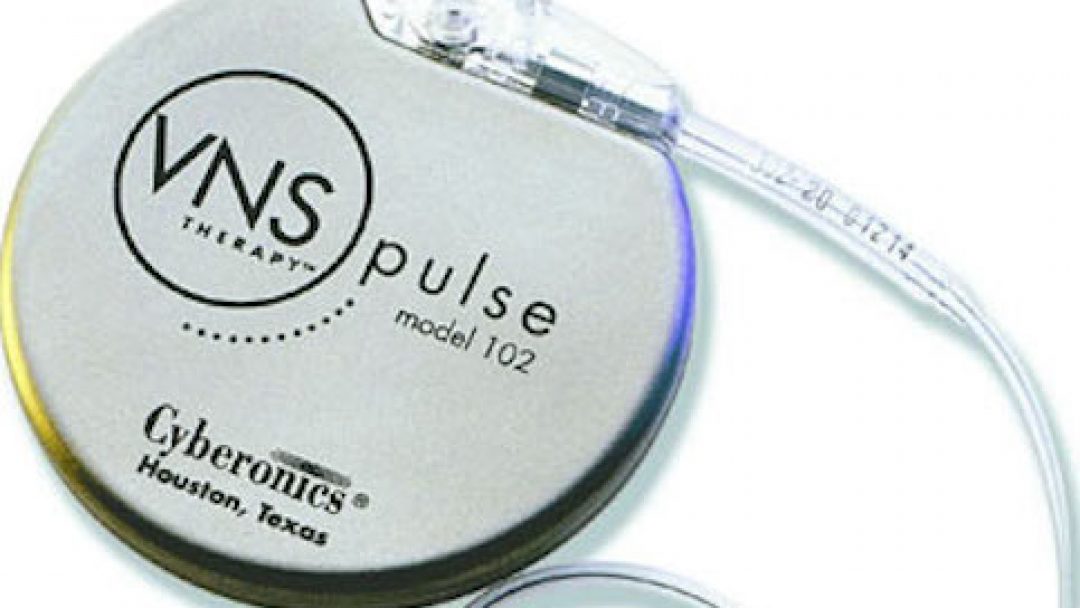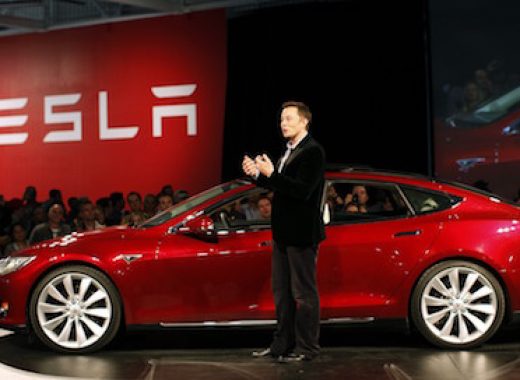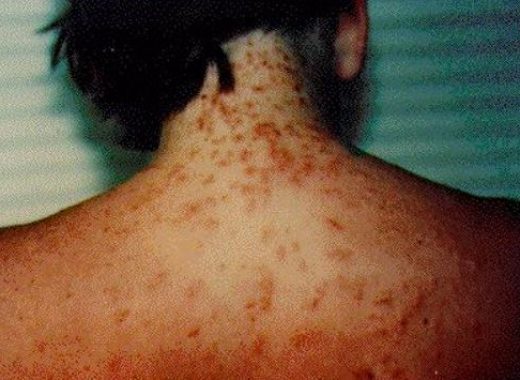Epileptic seizure patients are being saved by a new medical device that prevents and reduces seizures before they occur.
The vagus nerve stimulator (VNS) is the first and only medical device that can stop seizures before they happen. The device is implanted in the chest wall of seizure patients, with wires connecting to the vagus nerve in the neck. Once implanted, VNS has the power to dramatically reduce the amount of seizures in patients, and give them a warning before a seizure attacks the brain.
VNS is prescribed when medication does not work on its own. Hannah Turner, 19, is a seizure patient who did not respond well to prescribed medications from her doctor, according to her mother Jan Turner.
“She acted like she was on drugs, like a drug person,” said Turner’s mother. “She was slurring all the time, walking into walls.”
After multiple brain surgeries and brain grafts, with little to no response to medication, Turner and her family decided to try VNS. The result? Tuner has gone down from 20 seizures a day to one or more a week. Now, when she does have seizures, she has a 10-30 second window to brace herself before they start.
According the Epilepsy Foundation, the VNS is referred to as “the pacemaker for the brain.” After the device is implanted and connected to the vagus nerve, it sends tiny and consistent electrical impulses to the brain–the stimulation that prevents seizures from starting in the first place. A magnet wand comes with the implant, and patients are able to use this magnet by swiping it over the VNS in their chest when they feel a seizure coming on. The swipe sends more electrical impulses to the VNS, which in some cases stops the seizure from starting.
Today, VNS is approved by the US Food and Drug Administration (FDA) to be used as an “add on” therapy for patients over the age of four that do not respond to seizure medication. LivaNova currently produces VNS, and has been approved by the FDA since 1997.
Surgeons at Phoenix Children’s Hospital can implant the device in a procedure that takes only forty-five minutes to an hour. Dr. David Adelson, a pediatric neurosurgeon at Phoenix Children’s Hospital, explained that the incision in the chest is two centimeters (a little under an inch), and after the device is inserted, the results are incredible.
“[With] the use of the vagus nerve stimulator, 50 percent of patients will get at least a 50 percent improvement,” said Adelson. On the other hand, if a patient is given yet another seizure medication, the odds of improvement are roughly one percent.
Technology and studies behind the vagus nerve stimulator continues to improve. Studies show that VNS reduces inflammation, and is currently in clinical trials for problems such as stokes and rheumatoid arthritis, as well as patients with difficult-to-treat depression.








